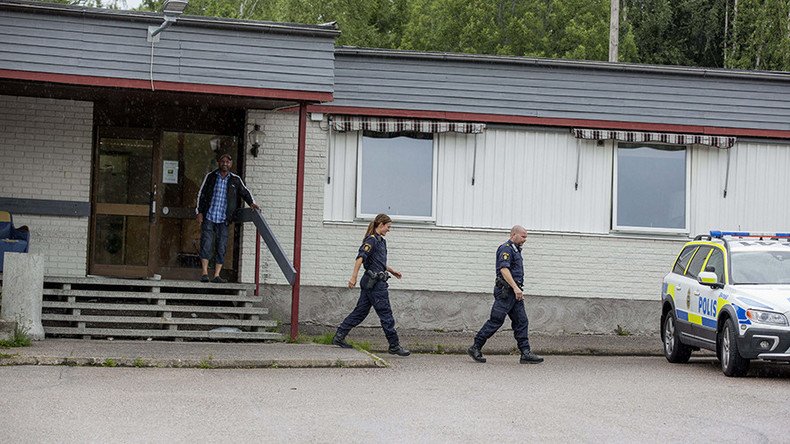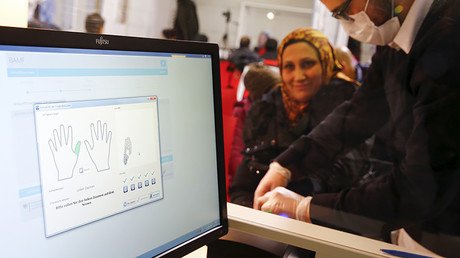Sweden's housing of asylum seekers deprives other vulnerable groups – report

Sweden is allocating housing to asylum seekers at the expense of other vulnerable groups, according to a report seen by the country’s national broadcaster SVT. The country’s government blames the municipalities, saying they are not building enough houses.
The report by Sweden’s county administrative boards said that around 60 percent of the country’s municipalities said they had experienced a ‘displacement effect,’ meaning other vulnerable groups were having a harder time finding housing because of the right to housing for asylum seekers.
The municipalities are required by law to arrange housing for those appointed by the Migration Board.
“As a consequence, others who need housing go without; we are not obliged to supply housing for them,” Thed Carlsson, head of social services in southern Hässleholm municipality, told SVT.
Carlsson said those impacted are students, young people, and those who have had to stay longer at treatment homes and institutions due to a lack of housing.
According to SVT, it’s also more expensive for taxpayers to keep such people in homes and institutions, rather than in private apartments. The media outlet gave the city of Hässleholm as an example, where a spot in an institution costs SEK 3,000 (US$358), compared with a regular apartment at an average monthly cost of SEK 5,000 ($597).
“In addition to the cost to taxpayers, it is unthinkable from an individual perspective if a person with earlier abuse problems, for example, is ready to move to their own home but cannot,” Carlsson said.
The crisis may get worse before it gets better, with Sweden’s municipalities and county councils estimating that housing will need to be provided for around 100,000 people with residence permits next year.
However, Housing Minister Peter Eriksson says local municipalities are mostly to blame – not the central government.
“It’s an incorrect description. Municipalities have a housing security responsibility to ensure that everyone has a home. Most are attended to in the right way,” Eriksson told TT news agency.
He noted that some municipalities and public housing companies are simply not building enough structures to adequately meet the needs of those seeking housing in the coming years.
“The housing shortage cannot be solved with a quick fix. It will take time to resolve the shortage that has been building up for 20 years,” Eriksson said.
Sweden, along with the most of Europe, was hit with an influx of asylum seekers during the 2015 refugee crisis. Nearly 163,000 new arrivals sought asylum in the country at that time, according to the Swedish Migration Agency.














